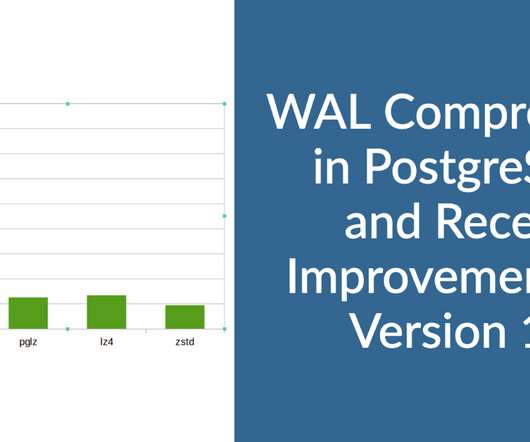MongoDB Rollback: How to Minimize Data Loss
Scalegrid
JANUARY 19, 2024
Data-bearing members face a higher risk of encountering issues caused by rollbacks, compared to others who utilize different storage methods. For example, memory-resident databases without persistent disks, such as Redis cluster setups or Apache Spark installations, rely on stand-alone machines.













Let's personalize your content